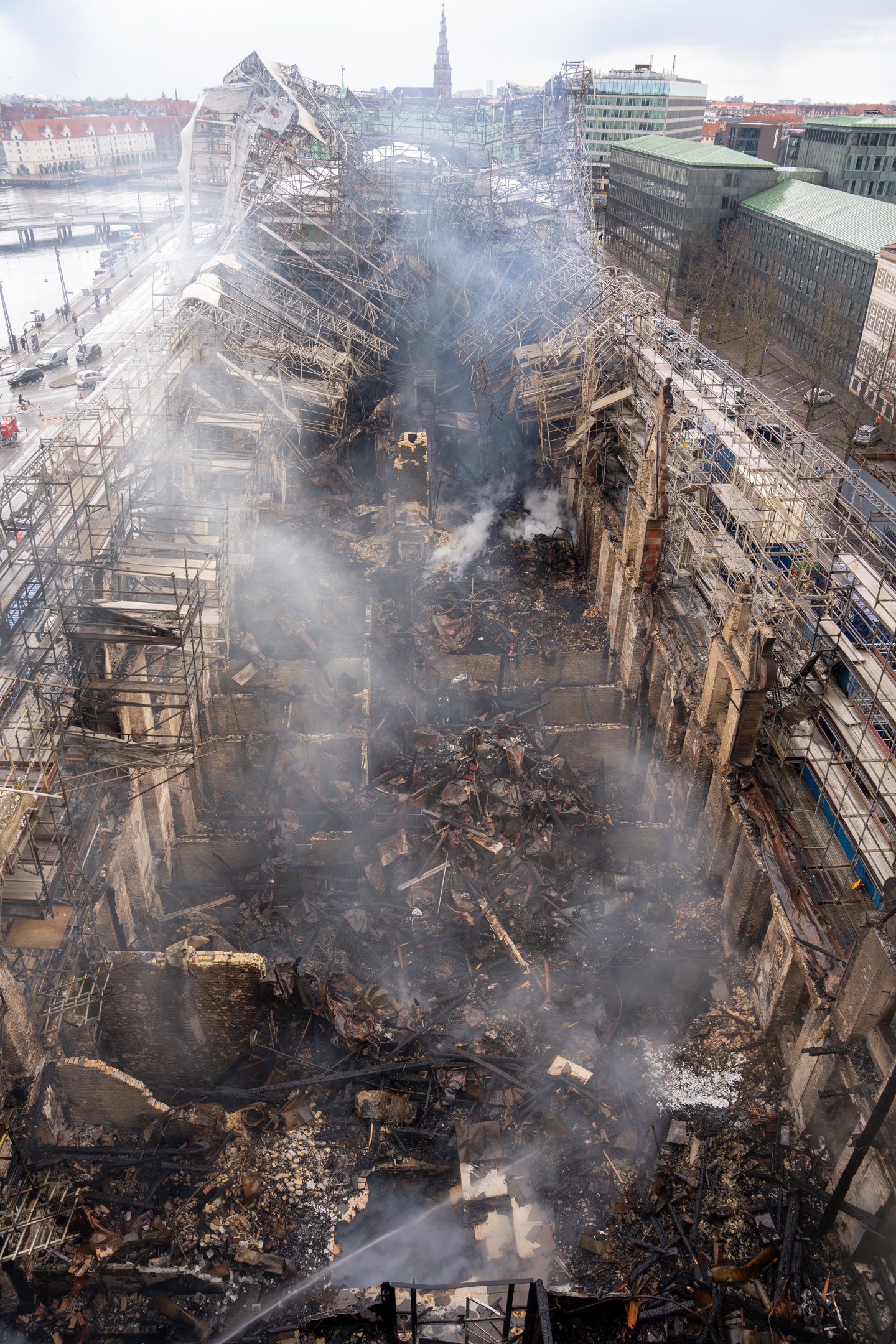Leonardo DiCaprio has finally come of age. While he still may not be weathered enough to convince us that he’s the father of teenage newcomer Forrest Goodluck, he resembles an early Orson Welles more closely than his breakthrough self of the Titantic era.
The bond between father and son greatly informs this revenge film in which, as part of a team of ex-military fur traders on the American frontier, Hugh Glass (DiCaprio) is abandoned and left for dead following a brutal mauling from a giant grizzly – a sequence which employs a jaw-dropping combination of (presumably) digital and practical effects.
A departure from his norm
From the barest bones of a narrative, Mexican director Alejandro G Iñárritu has crafted a film quite unlike anything else in his filmography. It is a world away from the more experimental approach he took when describing a middle-aged actor’s artistic life crisis in Birdman or the complex, earnest, multi-stranded narratives Amores Perros, 21 Grams or Babel.
Aesthetically, Iñárritu wears his inspiration on his sleeve, as Tarkovsky’s ghost haunts many of his images, particularly a sequence played out in the ruins of an abandoned church that strongly recalls the ending of Tarkovsky’s final film, The Sacrifice.
Echoing Takovsky and Malick
Any Association with that Russian master might automatically carry with it comparisons with his most ardent contemporary disciple, for The Revenant (meaning vengeful ghost) also strongly resembles the recent work of American auteur Terence Malick – only this film’s substantial grounding in plot (something for which Malick has a decreasing interest) and other conventions hint otherwise.
This is hardly surprising and undoubtedly intentional, when one considers Iñárritu’s choice of cinematographer: Emmanuel Lubezki, who has shot all of Malick’s films since The New World.
A 19th century Omaha Beach
In fact, of all that impresses about The Revenant, and there is plenty, it is the camera work that frequently boggles the mind. In an early sequence, during which the fur traders’ camp is set upon by the Arikara tribe, we watch rapt as one of cinema’s most visceral assaults on the senses plays out. Imagine the 19th century version of Saving Private Ryan’s Normandy landing, shot in long moving takes – as burning arrows fly past the lens, horses fall and men are routinely scalped.
In this sequence, and several like it, there are very few – if any – visible edits and yet the frame is never empty, every moment perfectly choreographed to appear as though this fluid, flowing camera is catching all of this action as it happens. The result for the audience, particularly for those who will be less aware of this technical feat, is total immersion.
All about the journey
For what is a relentlessly tortuous, earthbound journey through incredible physical hardship, The Revenant manages to effortlessly integrate near spiritual moments of awe and wonder (aided by a masterful score from the legendary Ryuichi Sakamato), of which the aforementioned Malick would certainly approve.
Even more surprising are the (albeit rarer) moments of levity – the taste of fresh falling snow on a waiting tongue and the laughter that this act provokes. Unsurprising then, that when this, the simplest of narratives, must draw to a close, it does so with a thud – as its archetypal framework must succumb to the laws of a narrative gravity. After all, there are limited ways in which a revenge story can ultimately resolve itself. This is not to say the conclusion isn’t satisfying, simply that the journey itself transcends the destination.














